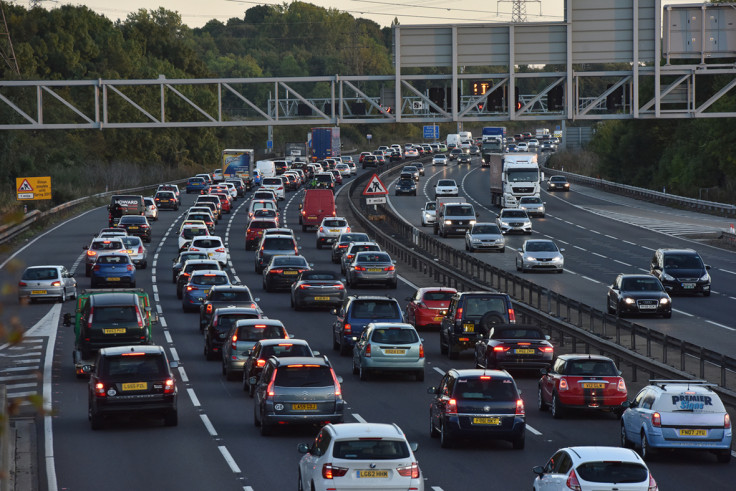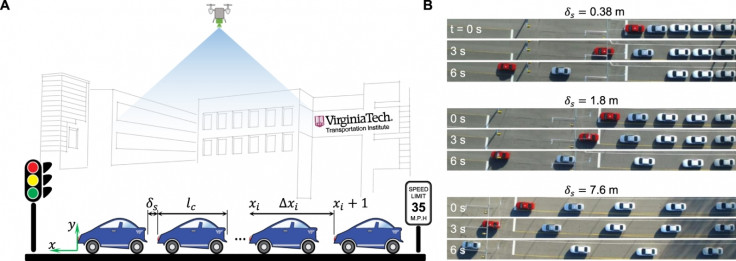Do not get close to the car in front of you at signals say researchers
You can leave up to 25 feet between yourself and the car in front of you and not lose a second.

There is no point in getting close to cars at traffic signals, finds a study by Virginia Tech College of Engineering. This goes against the generally accepted notion that if there is minimal gap between cars, there is a greater chance of getting through stop lights during rush hour traffic.
The study, using drones, involved driving through traffic signals in cars. The study was carried out on Virginia Tech-Transportation Institute's smart road.
The research involved systemically controlling the density in which cars are parked at signals. Cars that are packed in tight had a distance advantage, but cars that were loosely packed had the advantage of having enough space to accelerate. That means any advantage that tightly parked cars had in terms of distance to the lights was offset by speed gained by cars with extra distance between them, reports Phys.org.
"We varied the bumper-to-bumper spacing between cars by a factor of 20 and saw virtually no change in how much time it took for the cars to pass through the intersection when the light turned green," said Jonathan Boreyko, assistant professor in the Department of Biomedical Engineering and Mechanics. "The results mean there's no point in getting closer to the car in front of you when traffic comes to a stop," he said.
Drivers who tailgate at traffic lights are not likely to make it to the signal any quicker than those who do not. Also, those who follow the vehicle in front of them closely are more likely to get into collisions, the researchers found.
The idea for the study reportedly came up when Boreyko was caught at a traffic signal and saw the way cars were packing themselves tight to get cover as much ground as possible towards the lights.
He also noticed that once traffic started to move, the tightly packed cars had to wait for a few seconds before there was a safe enough gap for them to move. This led to the hypothesis that cars are better off stopping further apart from each other.
The experiment involved 10 drivers with identical cars lined up at a traffic signal, all arranged between 1.25 and 50 feet and a drone was used to capture the distance and acceleration of each vehicle that crossed the signal.

For up to 25 feet, the time taken for cars to cross the signal did not vary by more than a second. The team used the concept of "latent heat" to describe the process. When vehicles are packed into a solid phase, they take time melting back into a liquid phase to flow freely again, says the study.
This, however, did not work with humans standing in a queue, noted the researchers. Humans move slowly, but accelerate quickly and brake quickly, so the distance advantage is actually real for people standing in line.
"Pedestrians waiting in a line should get as close to each other as possible if it's important for the line to empty quickly," said Boreyko. "But when you encounter a traffic jam or stop at a light, keep a safe and comfortable distance. You can just maintain whatever spacing you had when you were driving at full speed. You won't lose any time, but you'll reduce the odds of an accidental rear-end collision."






